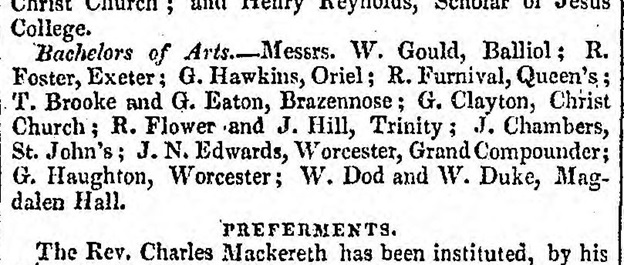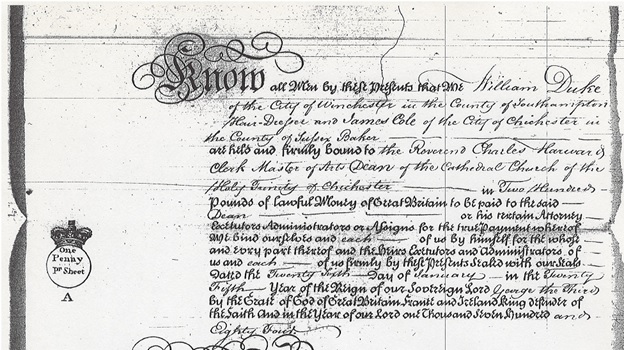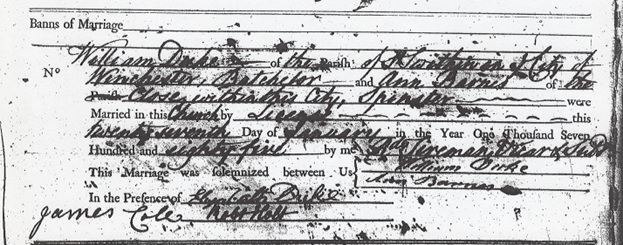The Derby Mercury newspaper listed a William Duke as the recipient of Gentleman’s Certificates (hunting licenses) in 1822-1823 (as a resident of Derby) and again in 1826-1828 (as a resident of Normanton).[1] No William Duke appeared in the newspaper in 1829 or the 1830s, an indication the man purchasing the certificates either migrated/immigrated, died, or stopped hunting after 1828. The locations given for his residences in the Derby Mercury are plausible for the immigrant, 1796 William Duke.[2] There were very few Dukes in Derby or Derbyshire at that time, (see William Duke in the 1820s part 1), so it is unlikely there were multiple men named William Duke in and near Derby in the 1820s. However, it is impossible to be certain the target William Duke was exclusively in Derbyshire up to 1829 when he immigrated. An effort was made to find him elsewhere.
Where else could William Duke have logically been?
William may have been in New York for at least part of the 1820s. Two histories, one of Allegany County and one about the building of the Erie Railroad, plus Duke and Norton family traditions mention William visited New York prior to his own statement he immigrated in 1829.[3]
John Minard’s Allegany County and its People stated William came from England because the making of handmade lace, a profession handed down from his father, was in serious decline due to lace-making machines that caused the ruin of the hand-made industry by 1820.[4] While that statement is highly questionable, the book also mentioned William came to America not long after 1820 and between 1825 and 1830 he made his home in Binghamton before a return to England. Edward Harold Mott’s publication, Between the Ocean and the Lakes: The Story of Erie, stated William Duke arrived in “this country” from his native Derbyshire on April 26, 1820.[5] Duke and Norton family traditions both passed down the story that William made at least one trip to America before immigrating in 1829. William’s 1840 naturalization document backs up his immigration date of 1829.[6] There is no mention made of him arriving or visiting earlier, though that could have happened.
Continue reading “William Duke in the 1820s part 2”






